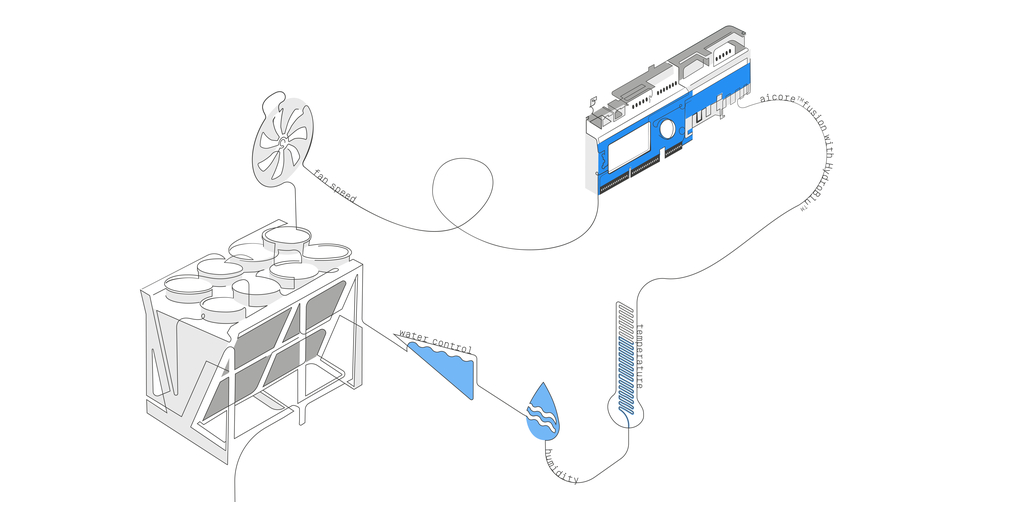Sign up for daily news updates from CleanTechnica on email. Or follow us on Google News!
Kenya Power Lighting Company PLC (Kenya Power) owns and operates most of the electricity transmission and distribution system in Kenya. Kenya Power sells electricity to over nine million customers. Its current transmission and distribution network has enabled it to ensure that at least 75% of the country’s population have access to the national grid.
Last week, Kenya Power shared that recent data indicates that only 1% of electricity customers in Kenya use the service to cook, with the majority of Kenyans primarily relying on wood fuel and gas. A lot of consumers in urban areas prefer to cook using liquid petroleum gas (LPG) as they believe it is cheaper than cooking using an electric stove. The majority of people believe electricity tariffs are very high in Kenya, hence the widespread use of LPG use, charcoal, and firewood in various parts of the country. Electricity tariffs for the residential sector are around 30 shillings/kWh including all the levies and taxes. This is about 20 USD cents/kWh.
Kenya Power is actively promoting the adoption of electric cooking (e-cooking) among its 9.2 million customers with a target to increase uptake from approximately 90,000 current users to over 500,000 users in three years. This was announced by the company’s Managing Director & CEO, Dr. (Eng.) Joseph Siror, during the launch of the Global eCooking Coalition (GeCCo) during the recently held Africa Climate Week in Nairobi.
“Electricity has traditionally been viewed as the expensive cooking alternative by many Kenyans. Middle-class households often own task-specific electric cooking appliances such as kettles or microwaves but rely on liquefied petroleum gas for the bulk of their cooking. However, this is no longer the case as recent studies have shown. There is, therefore, an enormous untapped potential for e-cooking in the country,” said Dr. (Eng.) Siror.
GeCCo is an initiative aimed at accelerating the transition from traditional cooking methods to e-cooking, both domestically and commercially. The coalition consists of the Global Energy Alliance for People and Planet (GEAPP), Modern Energy Cooking Services (MECS), Sustainable Energy for All (SEforALL), and Energising Development (EnDev), among others.
“Kenya Power will work with partners to drive the uptake of e-cooking across the country. The utility has partnered with several other organisations including the Modern Energy Cooking Services (MECS), the African Centre for Technology Studies (ACTS), and the Clean Cooking Association of Kenya (CCAK) to champion e-cooking in Makueni, Kitui, Nakuru, Kakamega, and Kisumu counties,” added Dr. (Eng.) Siror.
Through its Pika na Power public awareness campaign, which means “Cook with Electricity,” Kenya Power aims to raise awareness of e-cooking for increased uptake by its customers. The company has set up demonstration centers in Nairobi, Kisumu, Nakuru, and Mombasa to advance the e-cooking agenda nationally.
Increasing the share of electric cooking in Kenya will help boost revenues for Kenya Power as more people use more electricity to cook. Increasing the share of electric cooking will also help reduce emissions from the widespread use of charcoal and firewood as well as help slow down deforestation. Kenya’s grid is also powered by over 90% renewables including geothermal, wind, hydro, and some utility-scale solar. Using more of these renewables to cook than firewood and LPG will help reduce emissions as well as save on the foreign currency used to import LPG. However, a lot of work lies ahead for consumers to see more value from electric cooking from an affordability point of view.
Have a tip for CleanTechnica? Want to advertise? Want to suggest a guest for our CleanTech Talk podcast? Contact us here.
EV Obsession Daily!
I don’t like paywalls. You don’t like paywalls. Who likes paywalls? Here at CleanTechnica, we implemented a limited paywall for a while, but it always felt wrong — and it was always tough to decide what we should put behind there. In theory, your most exclusive and best content goes behind a paywall. But then fewer people read it!! So, we’ve decided to completely nix paywalls here at CleanTechnica. But…
Thank you!
Tesla Sales in 2023, 2024, and 2030
CleanTechnica uses affiliate links. See our policy here.



